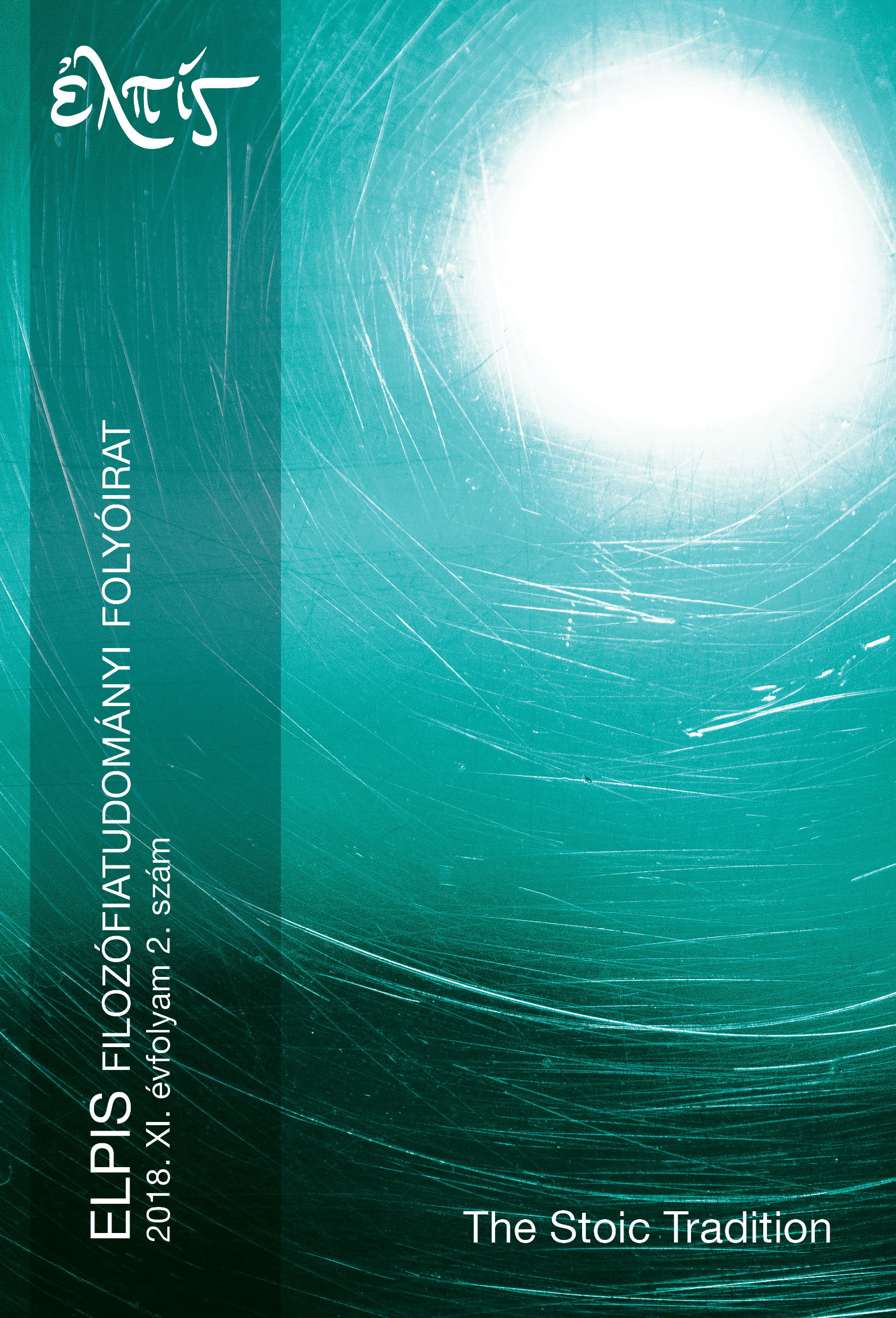The Stoic Tradition
DOI:
https://doi.org/10.54310/Elpis.2018.2.1Absztrakt
When we think about ancient philosophy we tend to think first and foremost of Plato and Aristotle, the two great Athenian philosophers, whose works have come down to us and that we can read today. In both cases the survival of their texts has been intertwined with commentary traditions, which could only come about because the texts were available but which also contributed to their survival for subsequent generations. The Neoplatonic practice of writing commentaries on the works of both Plato and Aristotle in late antiquity was central, laying the foundations for the subsequent philosophical traditions in Greek, Arabic, and Latin during the Middle Ages.
The Stoics had no equivalent commentary tradition. The late Neoplatonist Simplicius wrote a commentary on the Handbook of Epictetus, but this co-opted Epictetus into the Neoplatonic curriculum rather than treating him on his own terms as a Stoic. Earlier, in the first century BC, the Stoic Athenodorus wrote a commentary on Aristotle’s Categories, but this was a case of a Stoic contributing to the burgeoning Aristotelian commentary tradition, not starting a Stoic one. Earlier still, Cleanthes in the third century BC wrote a commentary on Heraclitus, but again this was something quite different. No one set about to write commentaries on, say, the works of Chrysippus in the way that they did on Plato or Aristotle. We cannot know the reasons why; all we do know is that as a result of this textual neglect more or less all of Chrysippus’ works are now lost, save for a few papyrus scraps recovered from Herculaneum. None of this bodes well for the idea of a Stoic tradition.




